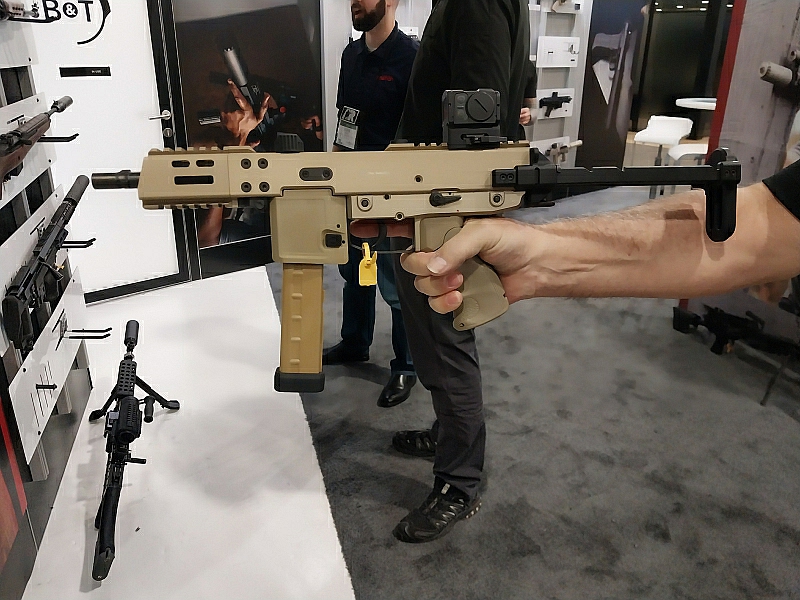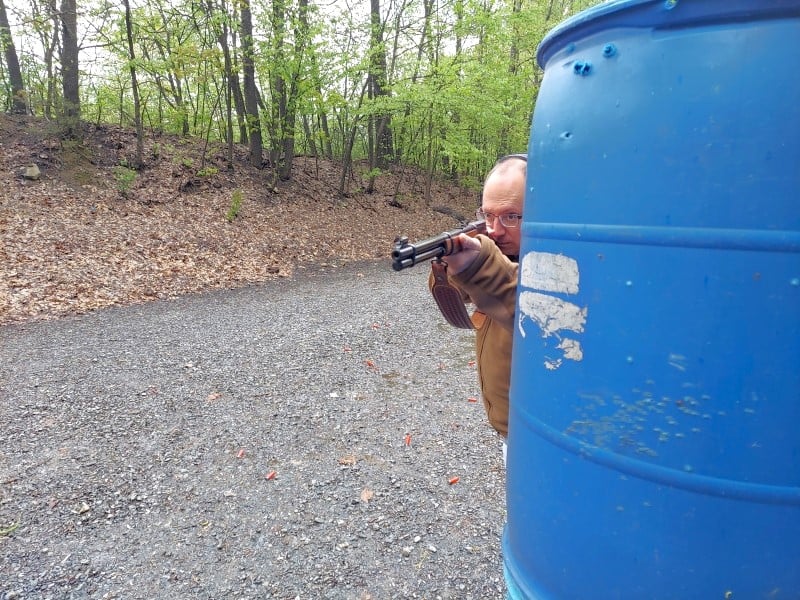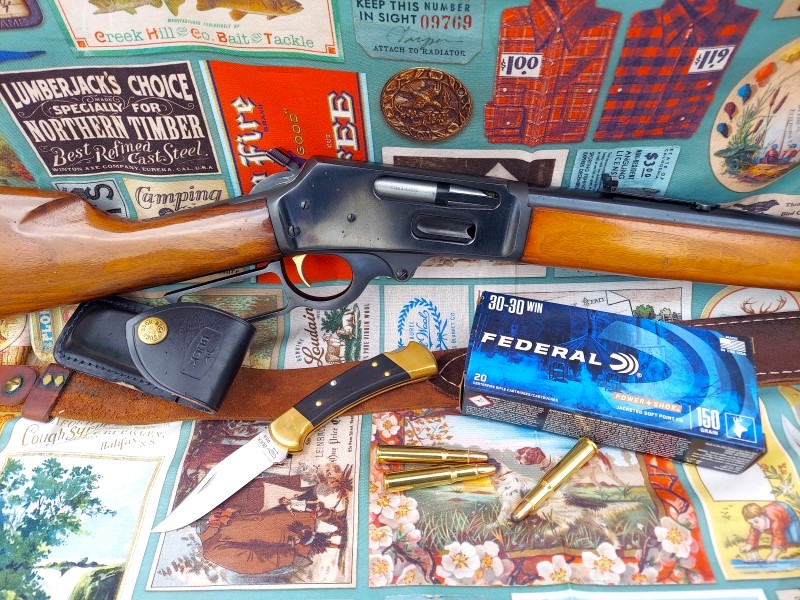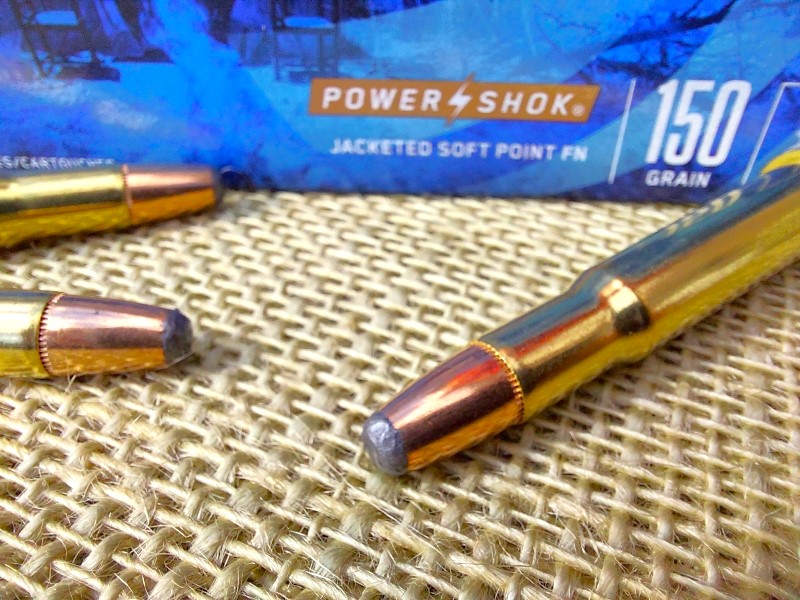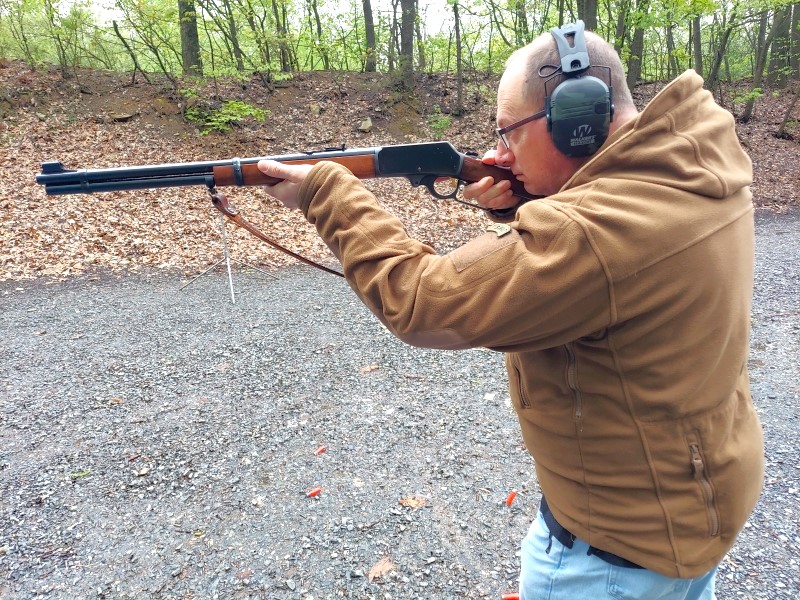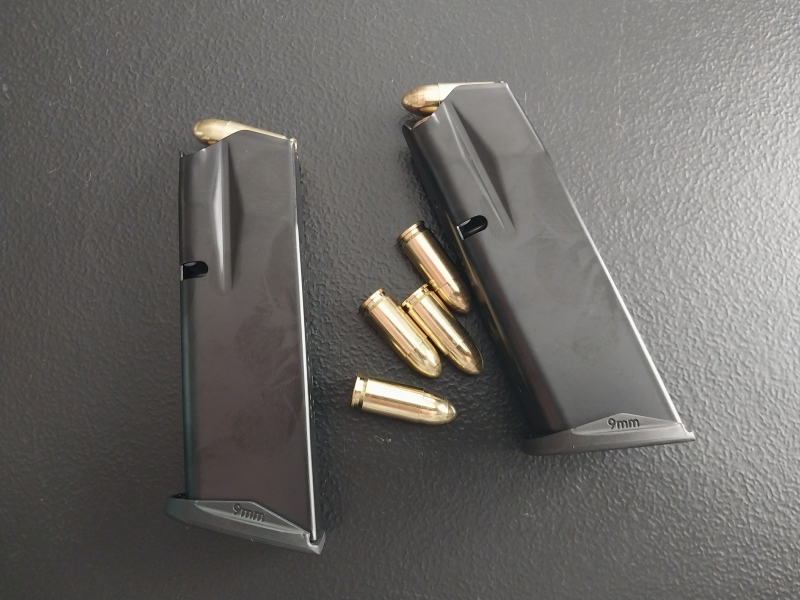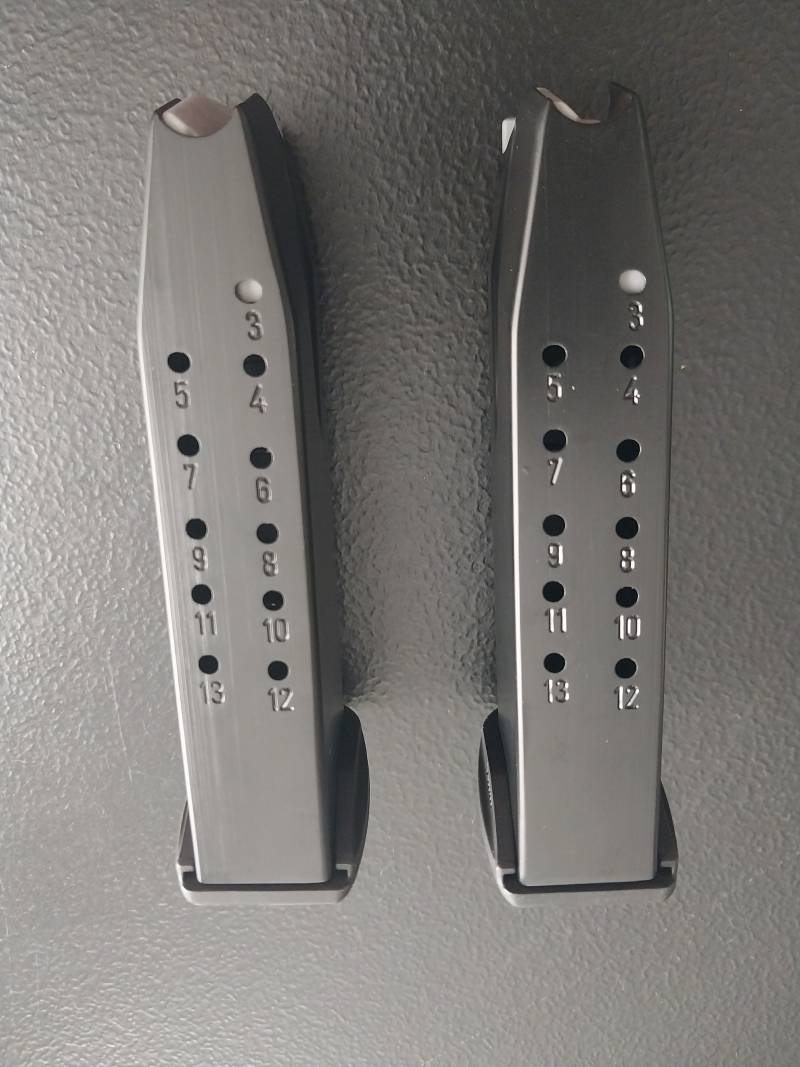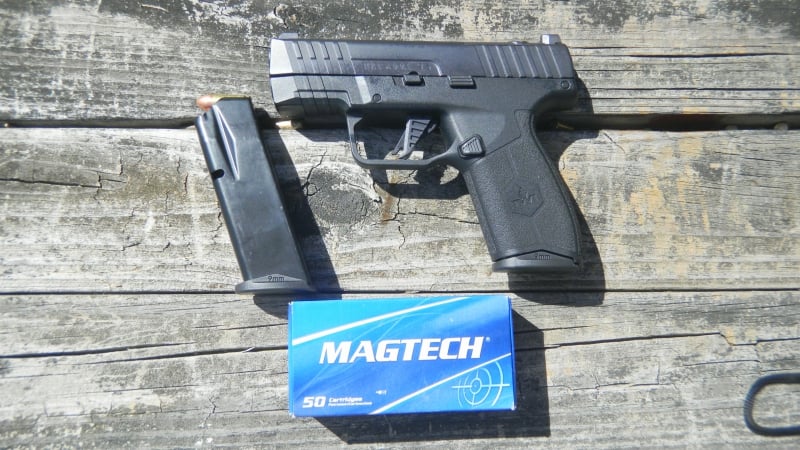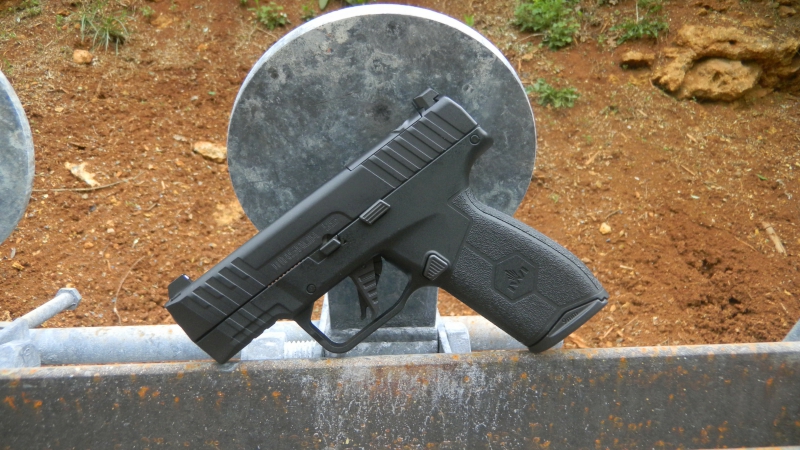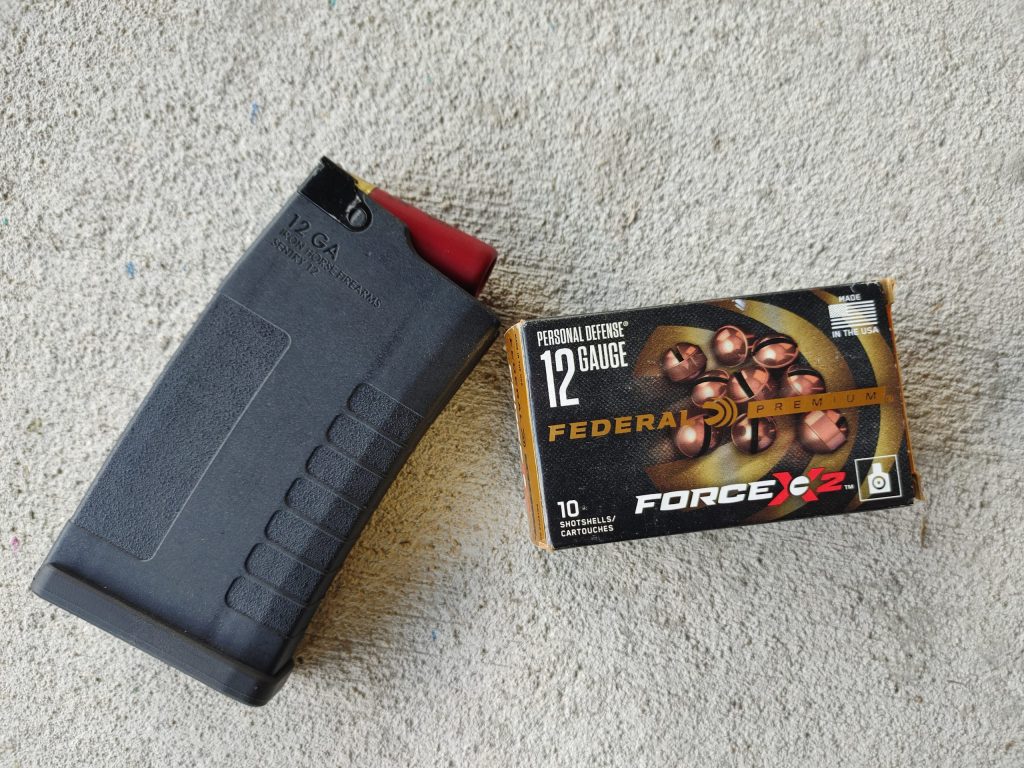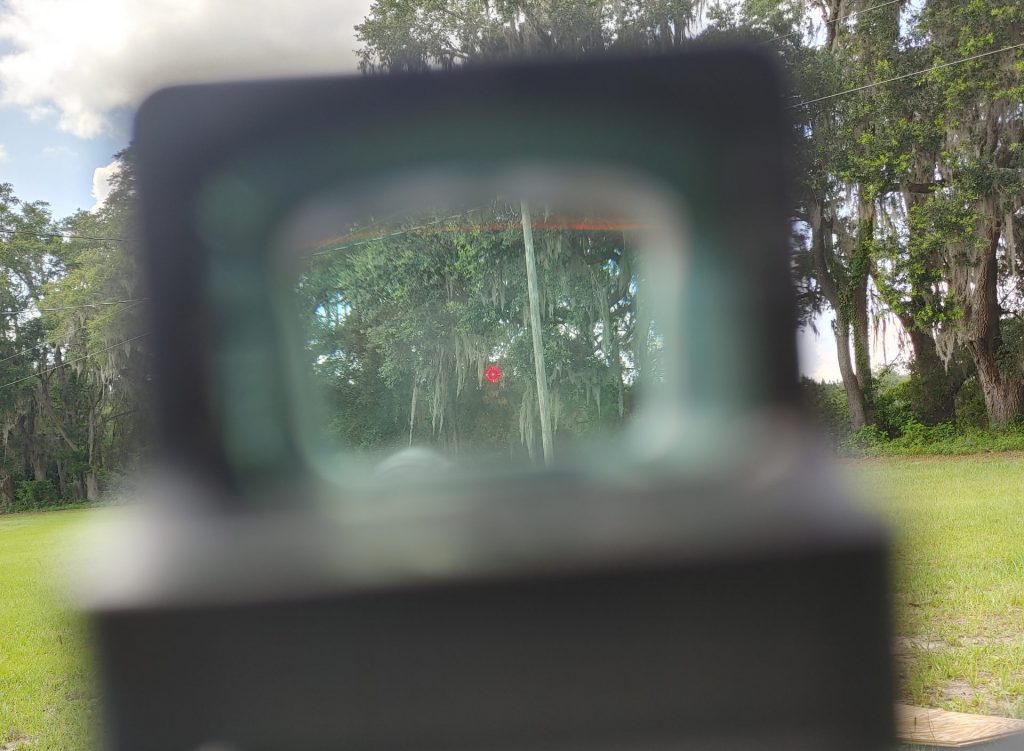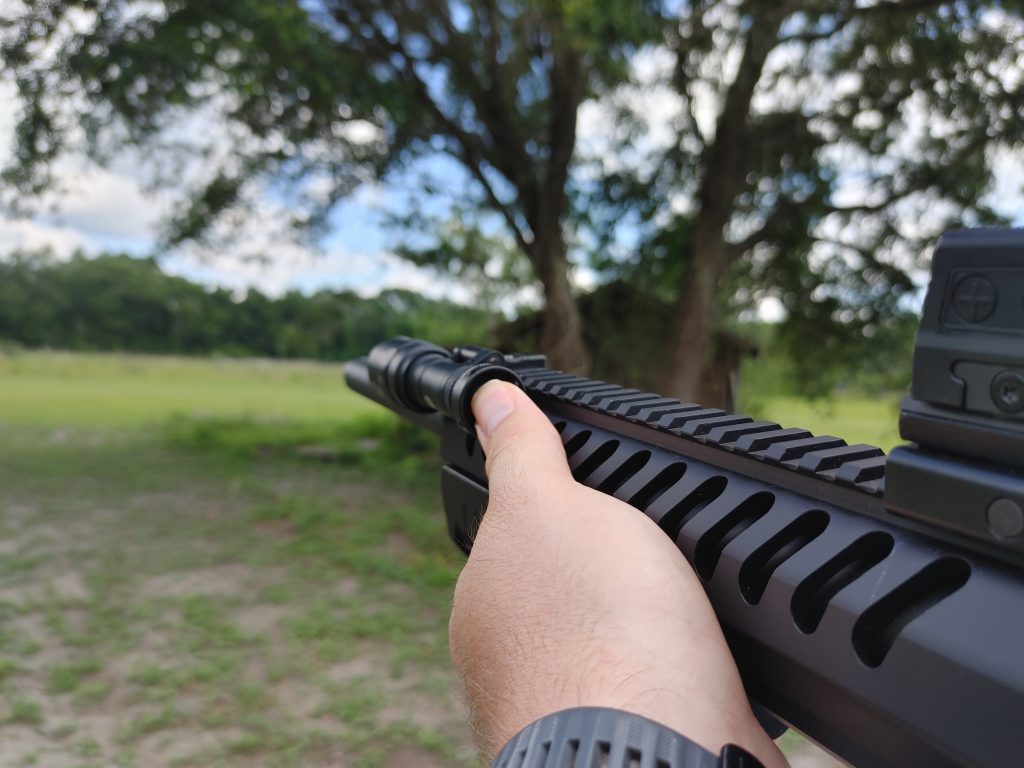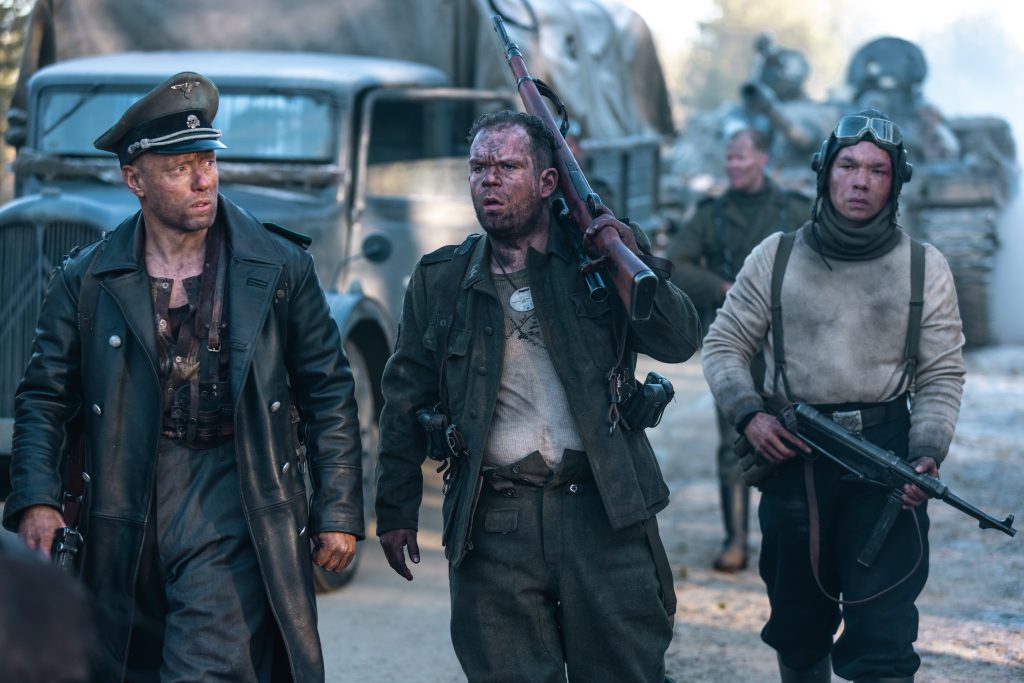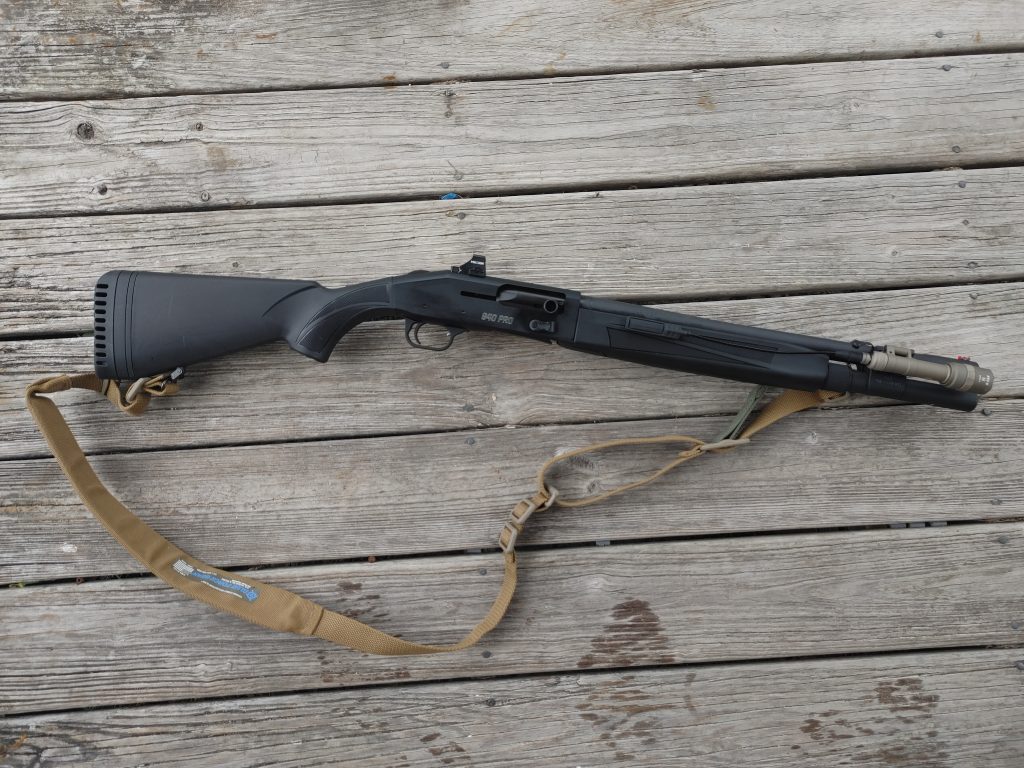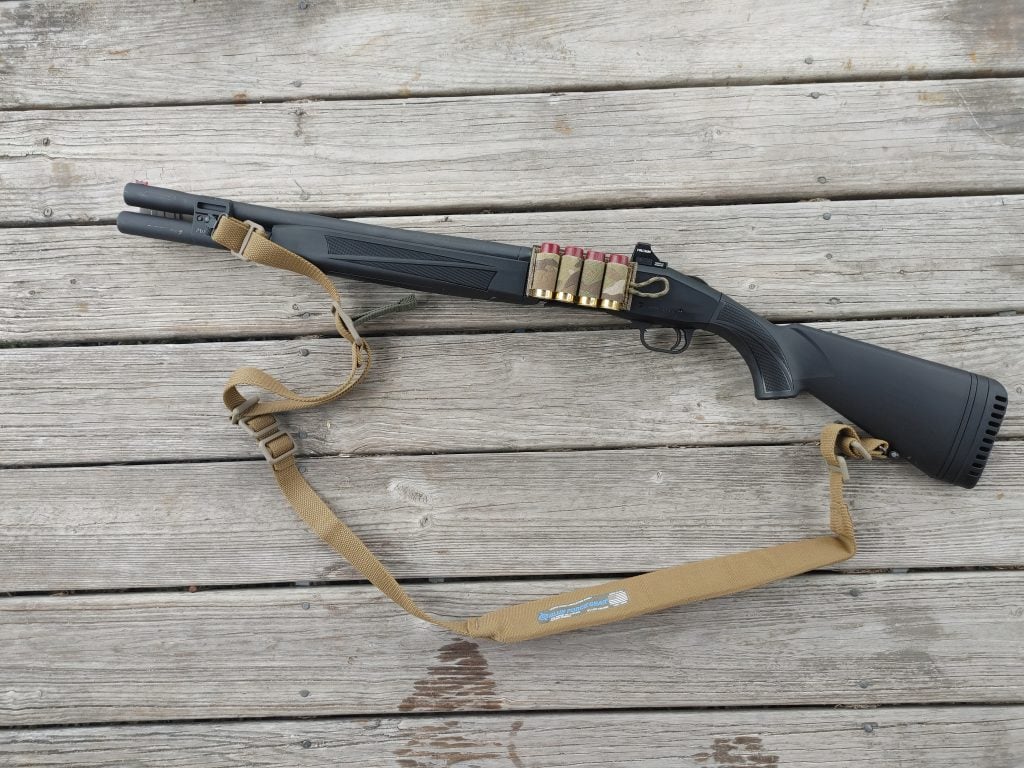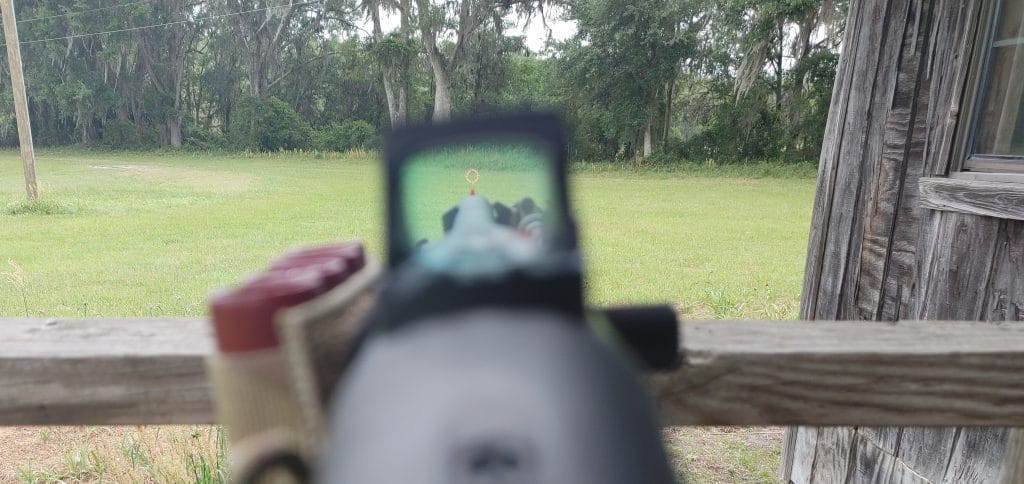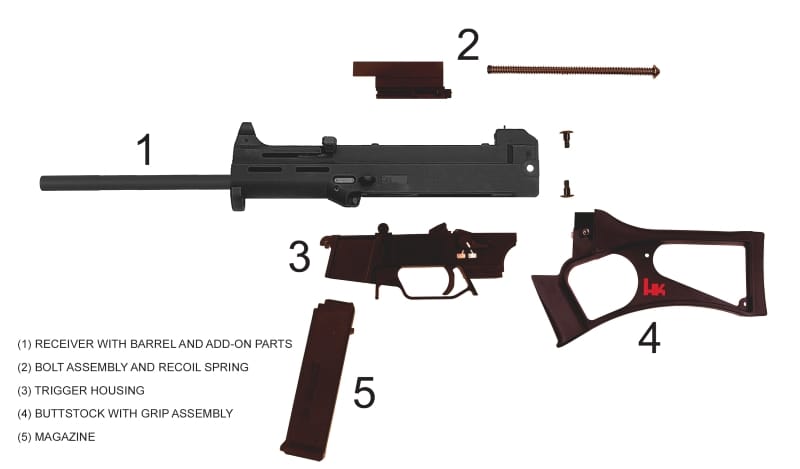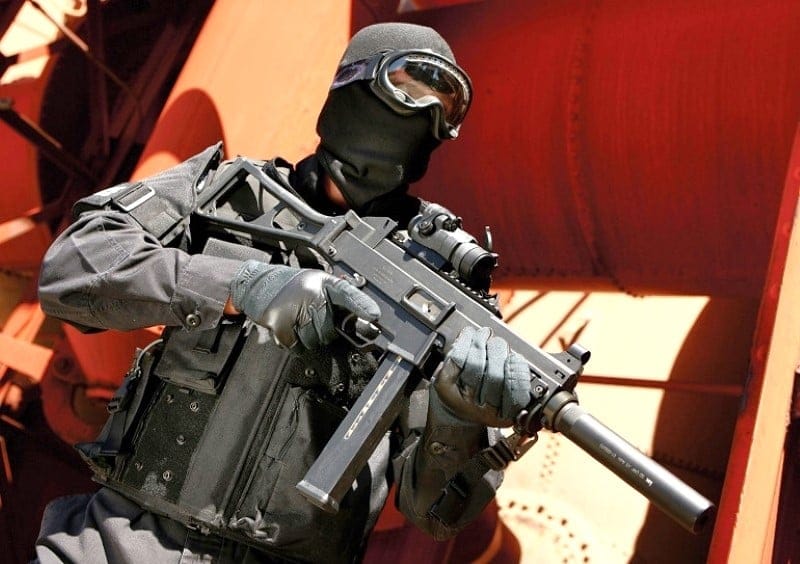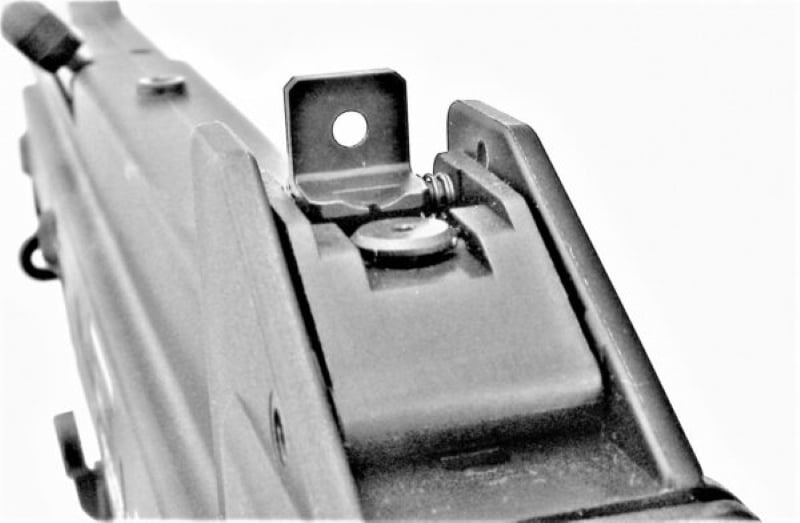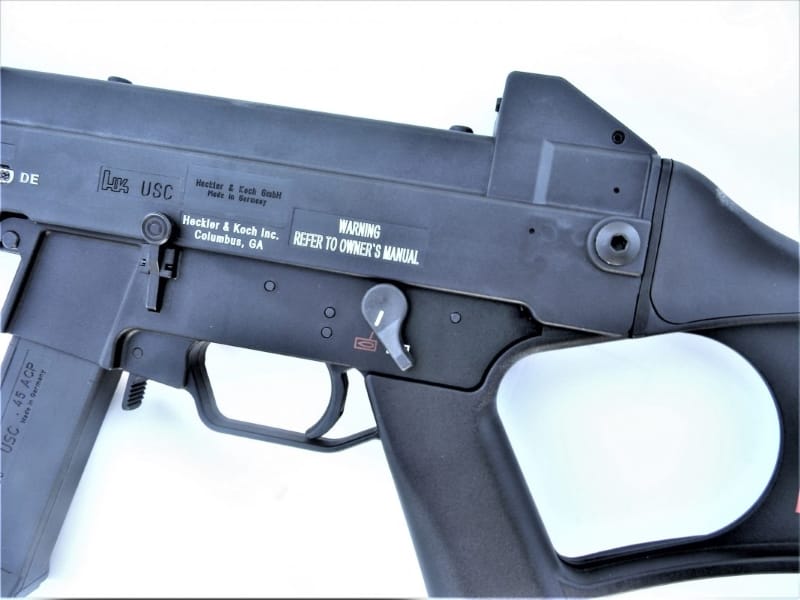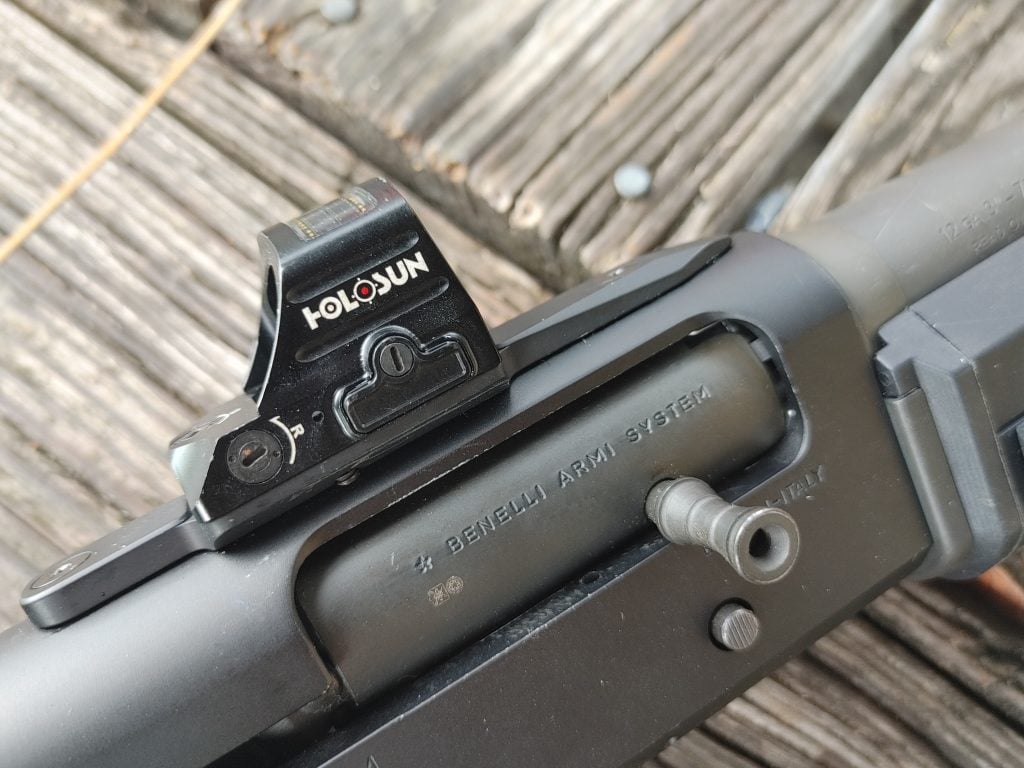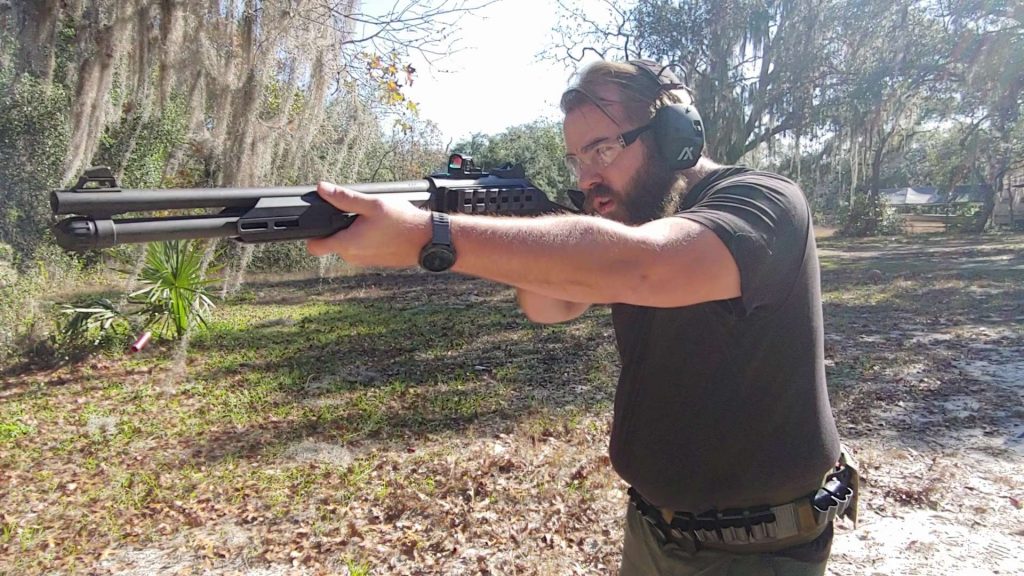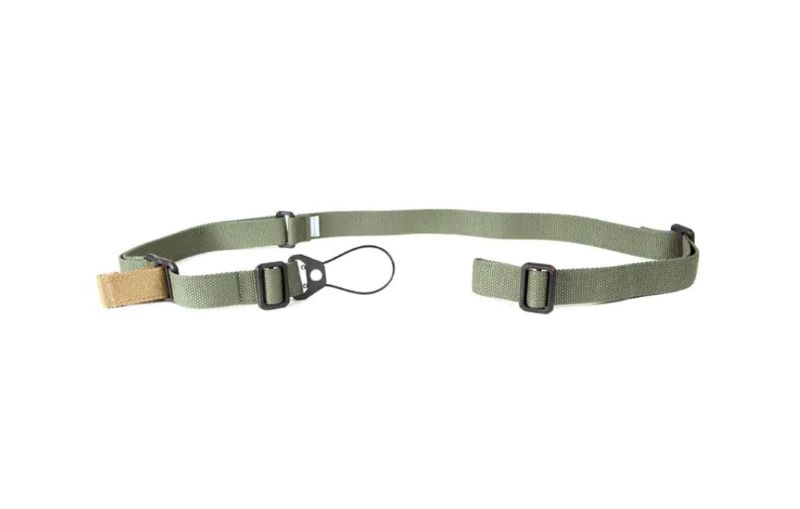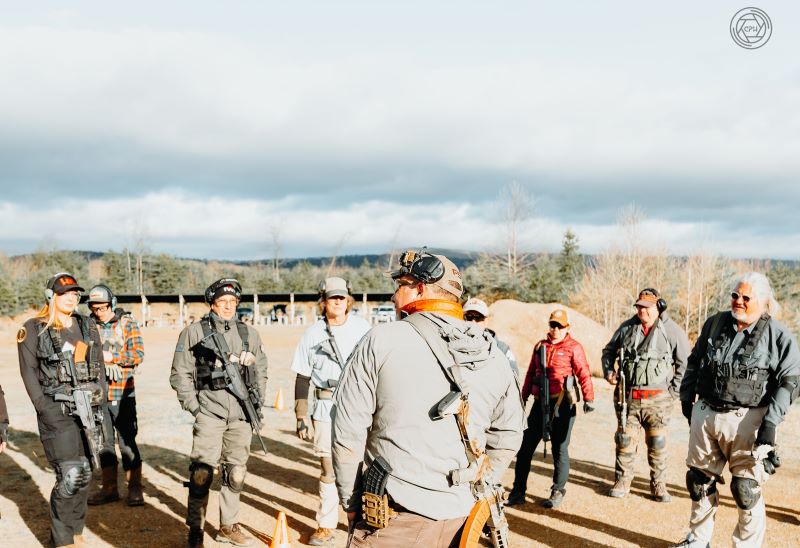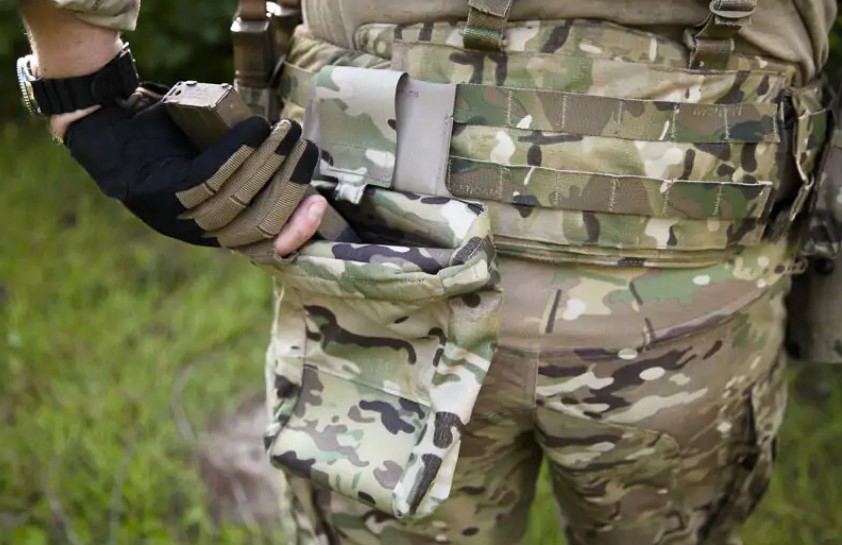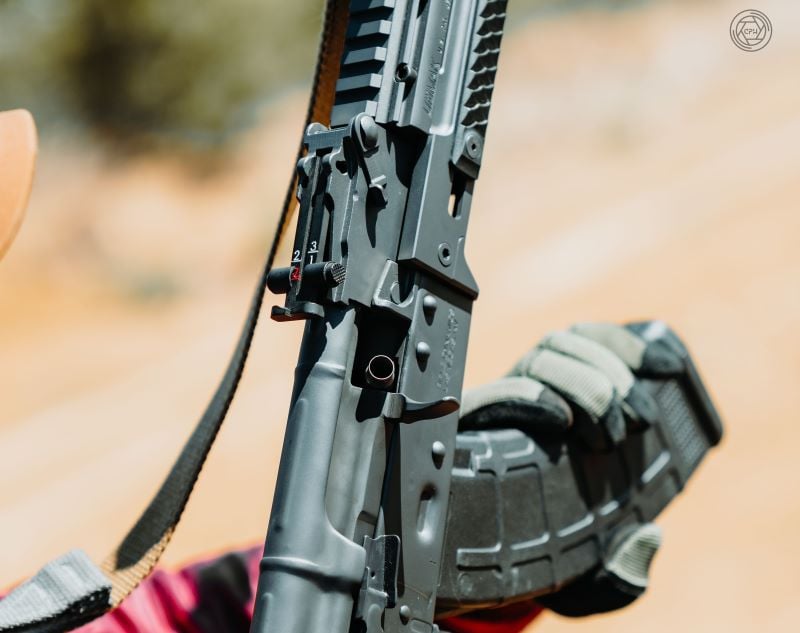Do You Need a PDW?
Acronyms and other jargon are commonly thrown around the firearms world. That’s not a criticism, merely an observation. It’s a normal occurrence within a community of people who share an interest and talk about similar things. But with so many new gun owners joining the ranks, all those terms can be confusing. Today, we’ll look at PDW, what it means, and more importantly, what it is.
What is a PDW?
Personal Defense Weapon — that’s what “PDW” stands for. Now, obviously, any weapon used for personal defense could qualify for that, making the term somewhat ambiguous. But the term does have particular applications, both military and civilian. The military application goes back at least to World War II, and arguably to World War I. Let’s start there and move forward to the modern civilian take.
Military Origins
European warfare evolved into a mass industrial endeavor in the late 19th century. American warfare, by extension, did the same, beginning with the Civil War. This escalation meant larger investments in and emphasis on logistical systems to supply modern field armies. By the First World War (1914-1918), the supply systems required manpower on an unprecedented scale.
These men often found themselves in combat zones, but heavy infantry rifles were impractical for truck drivers, load bearers, and the like. Rear area roads and infrastructure also needed constant maintenance due to heavy military traffic for which they had neither been designed nor intended. That maintenance required engineers, for whom an infantry rifle was also unnecessary and cumbersome.
The solution was to issue these men sidearms, which wasn’t a new concept. But before that time, sidearms were often personally owned weapons carried by teamsters and other support personnel. The demand for such weapons in World War I was so high that the US Army was caught short on the recently adopted Colt M1911 pistol.
That shortage prompted the adoption of the M1917 revolver, produced by both Colt and Smith & Wesson. A revolver was specified because the technology was more proven and both companies already had the tooling and expertise to make quality revolvers on short notice. The need was so urgent that Colt and Smith & Wesson each used their own designs, both of which were designated M1917. The only novel element was that they were both chambered in .45 ACP, like the M1911, to ease supply efforts. So, today, surplus M1917 revolvers are not all the same, based on the manufacturer.
Even then, there still were not enough sidearms. So, the Army hauled out mothballed Colt New Army/Navy revolvers, which had last served in the Spanish American War and the Philippine Insurrection. Many support personnel carried those old Colts to France.
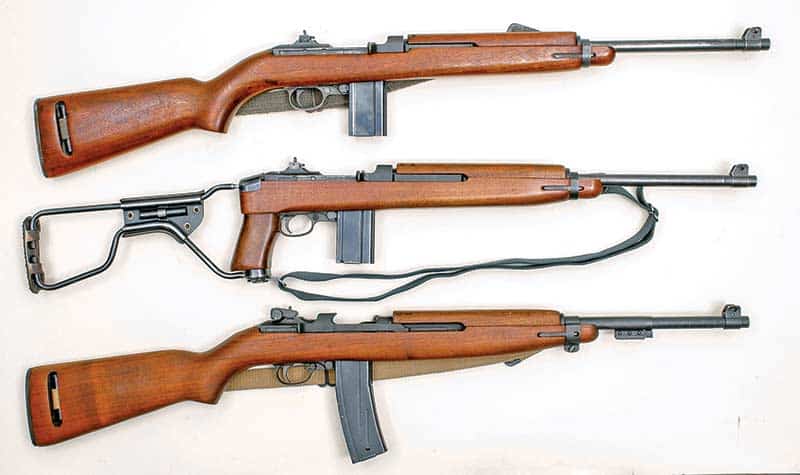
A New Concept
By the mid-1930s, war was once again brewing in Europe and Asia. The United States adopted the new M-1 Garand in 1935, the most advanced standard-issue infantry rifle in the world at the time. But, once again, truck drivers, engineers, and rear echelon personnel didn’t need, or even want, the heavy Garand.
World War I had shown the need for what was by then being thought of as a “personal defense weapon,” but experience had also shown that pistols were less than ideal for the job. The Army recognized that pistols are much more difficult to fire accurately than long guns. Training soldiers to use pistols effectively required more time and more ammunition, meaning it was more expensive. That was a major concern as the military began gearing up for exponential growth in the late 1930s.
Pistols were also less effective in terms of velocity, accuracy, and range than long guns. So, the Army began looking for a handy, lightweight carbine chambered for a smaller cartridge than the Garand’s mighty 30.06 Springfield. The result was the M-1 Carbine, which turned out to be the most-produced American firearm of World War II, at over six million units.
The Carbine used the smaller .30 Carbine round, which is really just a glorified pistol cartridge. But it used 15-round magazines (later expanded to 30), was easier to shoot accurately, and had an effective range of between 200 and 300 yards, depending on the shooter and the prevailing conditions. Carbine training programs were significantly shorter than with the 1911 pistol and yielded better results.
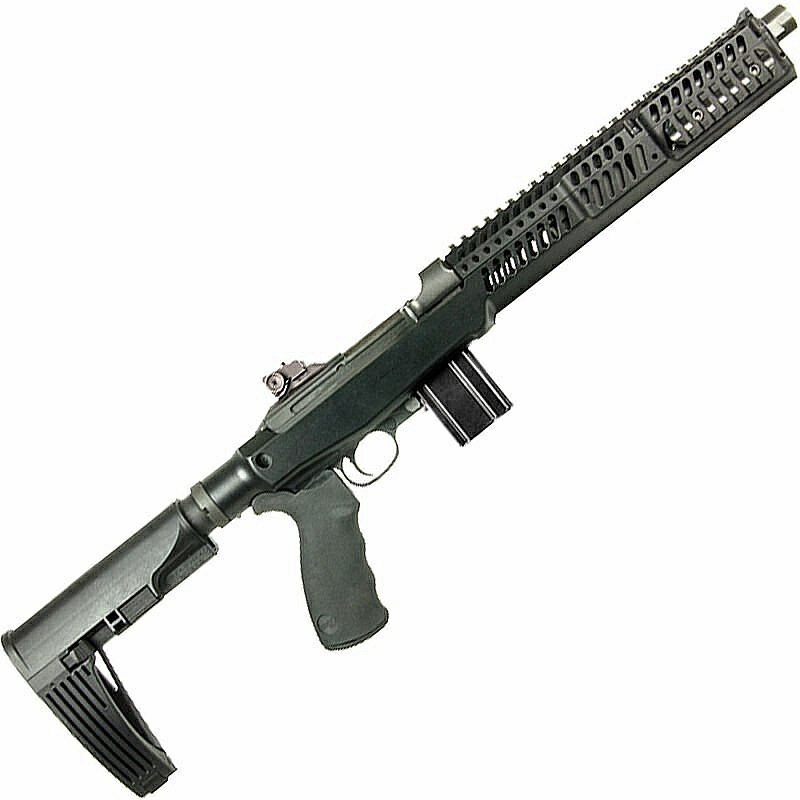
The .30 Carbine round was unfairly maligned as being weak, but it hit with the same energy as a .357 Magnum at 100 yards. The cartridge wasn’t designed to rival the 30.06, a misunderstanding that led to much of the round’s bad publicity.
The Carbine performed well, despite being plagued by cheap magazines. It weighed an astonishingly light 5.2 pounds and was easy to deploy quickly. When I handle my Carbines, I still marvel at how light and handy they are. My friends have the same reaction. In fact, “handy” describes the Carbine perfectly.
It proved so handy that it was soon deployed to the front lines, where it served into the Vietnam War. I like to think of the Carbine, particularly the select-fire M-2 version, as America’s “proto-assault rifle.” But that’s another topic. As a personal defense weapon, or PDW, the Carbine delivered, establishing the concept moving forward, emphasizing handiness and close-to-medium-range firepower.
The PDW Resurgent
Despite the M-1 Carbine’s success, or perhaps because of it, The US military didn’t update its PDWs. The Soviets began moving toward what would become the AK-47 even before World War II ended, but the US Army clung to the battle rifle concept with the Garand and its eventual successor, the M-14. As a result, the M-16 was adopted nearly two decades after the Kalashnikov, and the M-1 Carbine soldiered on, despite being woefully obsolete by the mid-1950s.
You could argue that the CAR-15, sometimes called the XM-177, was a PDW, but it wasn’t used in that role in Vietnam. Instead, it was a lighter, shorter assault carbine issued to Special Forces soldiers.
The late 1980s saw a renewed interest in the PDW. It just so happened that FN introduced a new hotness in 1991 called the P90, a space-age-looking bullpup chambered in their proprietary 5.7x28mm cartridge. That last part was kind of a downside, cost-wise, but its ability to punch through soft body armor eased the pain. The P90 was a hit with law enforcement, including the US Secret Service.
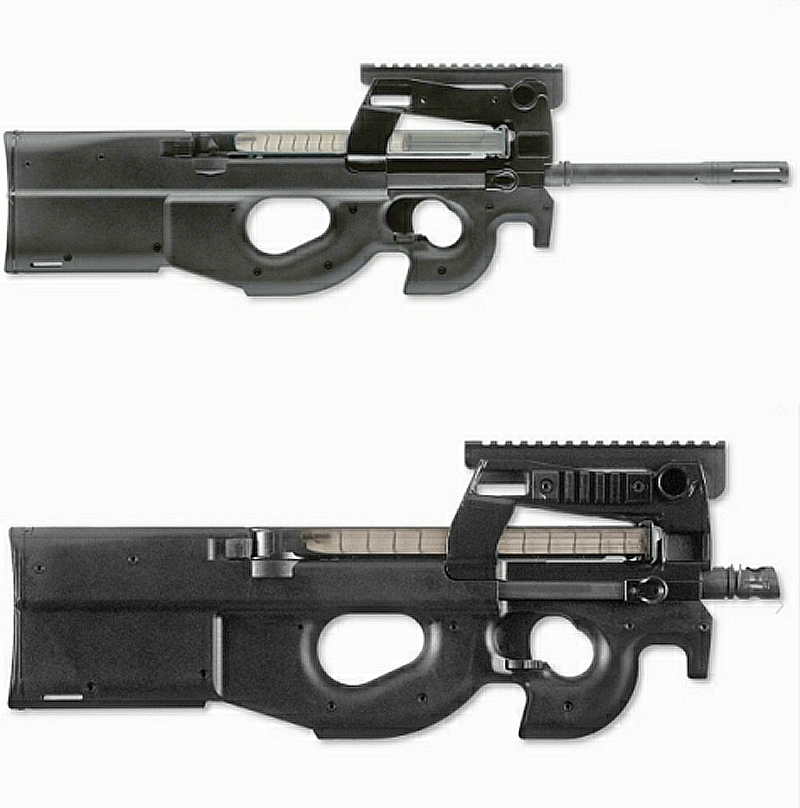
The semi-auto civilian version, the PS90, became popular as well. Both rifles, though a bit dated, are still available. Some say the PS90, with its 16-inch barrel, doesn’t fit the modern PDW profile, but the bullpup configuration cuts the overall length to just over 26 inches, so it is indeed viable in that role.
2001 saw H&K release the MP7, which looked more traditional than the P90 and fit the modern notion of what a PDW is supposed to be. The MP7 is a sweet little gun, but like the P90, it has a proprietary cartridge, this time the 4.6x30mm, which is a problem. Of course, H&K has never been shy about sticking it to their customers. But I digress.
The Afghanistan and Iraq wars created a trend toward easily accessible cartridges that worked on multiple platforms, like 5.56 NATO, .300 Blackout, and even 9mm. That was good news not only for military supply chains, but also for civilian shooters looking for a PDW of their own.
The Modern Civilian PDW
PDWs aren’t just for rear echelon soldiers or tip-of-the-spear operators anymore. The “truck gun” concept has fleshed out nicely over the last decade, with PDWs encroaching on the role once dominated by shotguns and lever action carbines. Many people have employed a 16-inch barreled AR-15 too, but something handier may be a better option.
After all, the PDW concept hasn’t changed much. It’s an easily deployable firearm, for a suddenly bad situation, that provides more firepower than a pistol. It’s designed to pull you out of a jam, thus facilitating an expedient withdrawal. Five or six years ago, I probably would have had a tolerant smile for that idea. That tolerant smile wavered in the spring of 2020. It was gone by the summer. Having a PDW like I just described makes a lot of sense these days. And unlike past eras, the hardware options are wide and varied.

Another advantage of modern PDWs is the ability to suppress them. Suppressors make a lot of sense for such guns, depending on your philosophy of use. If you envision your PDW as a home defense or truck gun, firing unsuppressed inside a house or vehicle is very loud. But modern PDWs are often suppressor ready.
I informally polled some of my peers on their choice for a civilian PDW. The answers were interesting and covered a range of possibilities. I think it may be useful to list those opinions here. These are not necessarily recommendations because everyone’s situation is different. But they may give you an idea of what might work for your needs. Remember also that this is far from a comprehensive list. So, with that in mind, here are their choices, along with any relevant comments that were included. They are listed in the order in which they were received.
Possible PDW Recommendations
- “Hard to beat the Glock mag 9mm Stribog.”
- “The .300 Blackout Micro rifles are pretty damn capable.” When I asked if this person recommended supersonic or subsonic ammo, he replied, “Both depending on the role. If it’s suppressed and sneaky, then subs. But if I had to pick one, it would be supers but still suppressed. This would help with penetration and range [and] would punch through soft armor easily enough.” Popular examples of this are the Sig Sauer MCX Rattler, Q Honey Badger, and Q Sugar Weasel. Those guns are also available in 5.56 NATO, but the Q products in that caliber have 16-inch barrels.
- “Glock in a B&T [USW-G] chassis with a short can.” This is a cool option that turns your Glock handgun into a shoulder fired PDW.
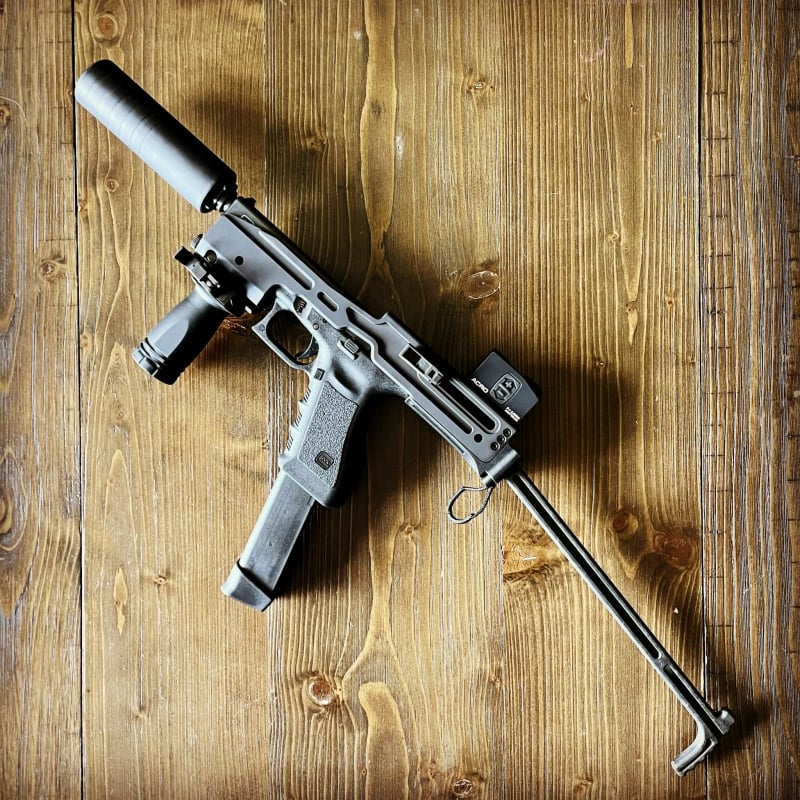
The B&T USW-G chassis turns your Glock into a PDW. (Jake Bush Photo) - “M-1 Carbine.” This was tongue-in-cheek, though the Carbine is, admittedly, still a viable choice if that’s what you have. Maybe not the best option, but different people like different things and the Carbine has a familiar feel and easy controls. But the ammo is a little pricey and not as available as other calibers.
- “9mm PCC (Pistol Caliber Carbine) in an AR platform.” This was suggested especially for newer shooters looking for something somewhat familiar with less recoil. And the 9mm can be potent from a PCCs longer barrel.
- “I personally like a Glock mag fed PCC because I carry a Glock — having a long gun (albeit in a small caliber) that takes the same mags as my pistol is a plus for me. Mostly on road trips.” Cross-platform ammo and magazine compatibility are indeed a plus.
- “FN P90.” Great choice but, unfortunately, actual P90s are not transferable to civilians, thanks to the 1986 addendum to the Gun Control Act. So, unless you already own one, you’re out of luck. But you can do the civilian PS90. As noted, it’s about 6½ inches longer than the P90, but it still works. You do you.
Those were the recommendations I received. Now let’s look at a few other choices left out from that subjective list.
Other PDW Options
There are other options out there. I don’t intend to recommend anything, but here’s a short list of PDWs that merit your attention, in no particular order. These fall into the small, easily deployable criteria. Some can even fit into a backpack if that’s what you want.
- Matador Arms MAT-9 upper in 9mm. This is actually a 9mm upper receiver that fits on an AR lower, giving you an instant PCC or PDW.
- B&T KH9 Covert in 9mm
- CMMG Banshee, in various configurations and calibers.
- Diamondback DBX in 5.7x28mm. The 5.7 cartridge is becoming more prominent and affordable thanks to being formally adopted by NATO.
- Masterpiece Arms MPA57DMG in 5.7x28mm
- Inland Manufacturing M30-P in .30 Carbine, if you want a 21st-century M-1 Carbine.
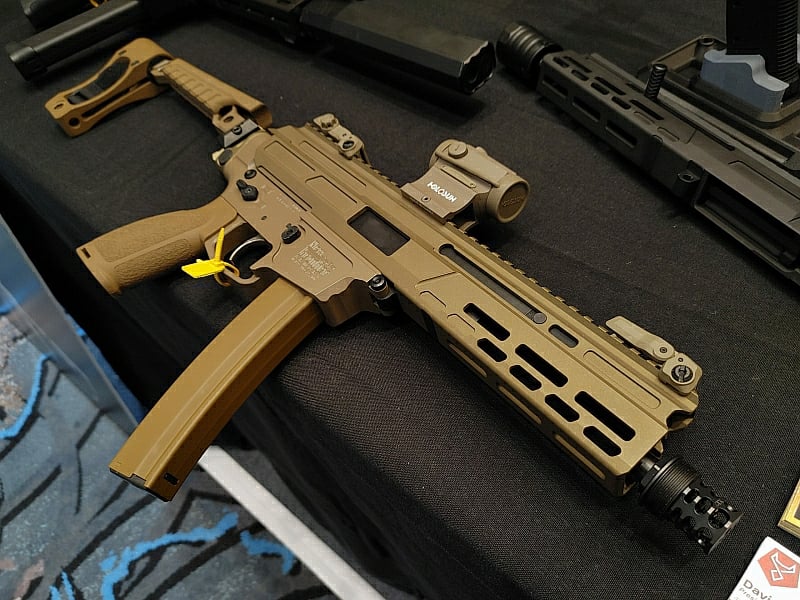
It’s Ultimately Up to You
The choice of PDW is ultimately up to the individual. There are many choices in many calibers and configurations. And many folks won’t feel the need for a PDW at all. That’s the great thing about being an American gun owner. What works for my situation may not work for yours, and vice versa. And despite the political and media bad actors, we have options. That’s because the gun industry is free to fulfill perceived needs. And fill them they do. If you have a perceived need, there is an excellent chance that you’ll find what you want to meet it.
So, do you have a preferred or dedicated PDW? If so, which one? If not, do you plan to include one in your system? Let us know in the comments.
The post Do You Need a PDW? appeared first on The Mag Life.

